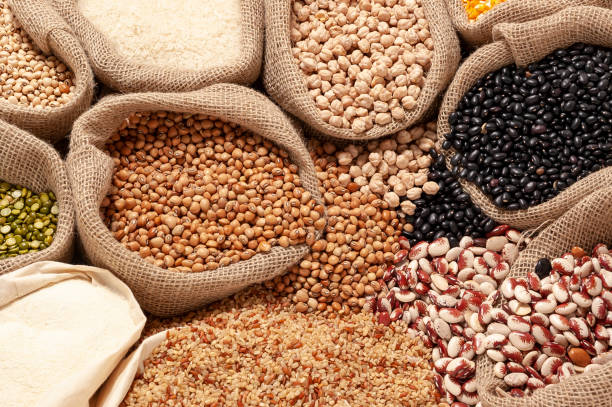Managing household groceries on a budget while ensuring your kids eat healthy can be a challenging balancing act. As parents, you want to provide nutritious meals without breaking the bank. With careful planning and smart strategies, you can maintain a healthy diet for your family while sticking to your budget. Here’s how you can cope with grocery shopping on a budget while feeding your kids nutritious meals.
1. Create a Budget and Stick to It
The first step in managing your grocery budget is setting a clear budget. Determine how much you can afford to spend each week or month on groceries. Make sure to include all food and beverage items in this budget, and stick to it as closely as possible. Having a budget in place will help you make more mindful purchasing decisions and avoid overspending.

2. Plan Your Meals and Create a Shopping List
Meal planning is a crucial part of managing your grocery budget effectively. Spend some time each week planning out your family’s meals, including breakfast, lunch, dinner, and snacks. Create a shopping list based on this meal plan, and stick to it when you go grocery shopping. This will help you avoid impulse purchases and ensure you buy only what you need.
3. Buy in Bulk and Look for Sales
Buying in bulk can be a cost-effective way to save money on groceries. Items like grains, pasta, and canned goods often come with discounts when purchased in larger quantities. Keep an eye out for sales and special offers on staple items. However, only buy in bulk for products that have a long shelf life or that you use frequently to avoid waste.
4. Focus on Seasonal and Local Produce
Seasonal and local produce is usually more affordable and fresher than out-of-season or imported options. Visit local farmers' markets or grocery stores that offer seasonal fruits and vegetables. Not only will this help you save money, but it will also provide your family with a variety of fresh and nutritious foods.
5. Incorporate Budget-Friendly Protein Sources
Protein is an essential part of a balanced diet, but it doesn’t have to be expensive. Consider incorporating budget-friendly protein sources like beans, lentils, eggs, and tofu into your meal plan. These options are not only economical but also rich in nutrients. Chicken and ground meats can also be used in moderation as more affordable sources of protein.
6. Prepare Meals at Home
Cooking meals at home is generally more cost-effective than dining out or purchasing pre-packaged foods. Preparing meals from scratch allows you to control the ingredients, portion sizes, and overall cost. Invest in basic kitchen tools and learn some simple recipes that you can make quickly and easily.
7. Use Leftovers Creatively
Leftovers can be a great way to stretch your grocery budget. Use leftover meats, vegetables, and grains to create new dishes such as soups, stews, or stir-fries. Properly store leftovers in airtight containers to ensure they stay fresh and are safe to eat. This practice helps reduce food waste and makes your grocery budget go further.
8. Grow Your Own Vegetables and Herbs
If you have the space and time, consider growing your own vegetables and herbs. Even a small container garden can produce a variety of fresh, nutritious foods that can reduce your grocery expenses. Herbs like basil, cilantro, and parsley are easy to grow and can add flavor to your meals without additional cost.
9. Teach Kids About Healthy Eating
Involving your kids in meal planning and preparation can help them understand the importance of healthy eating and reduce food waste. Educate them about the benefits of nutritious foods and encourage them to make healthy choices. When kids are part of the process, they’re more likely to appreciate and enjoy the meals you prepare.








